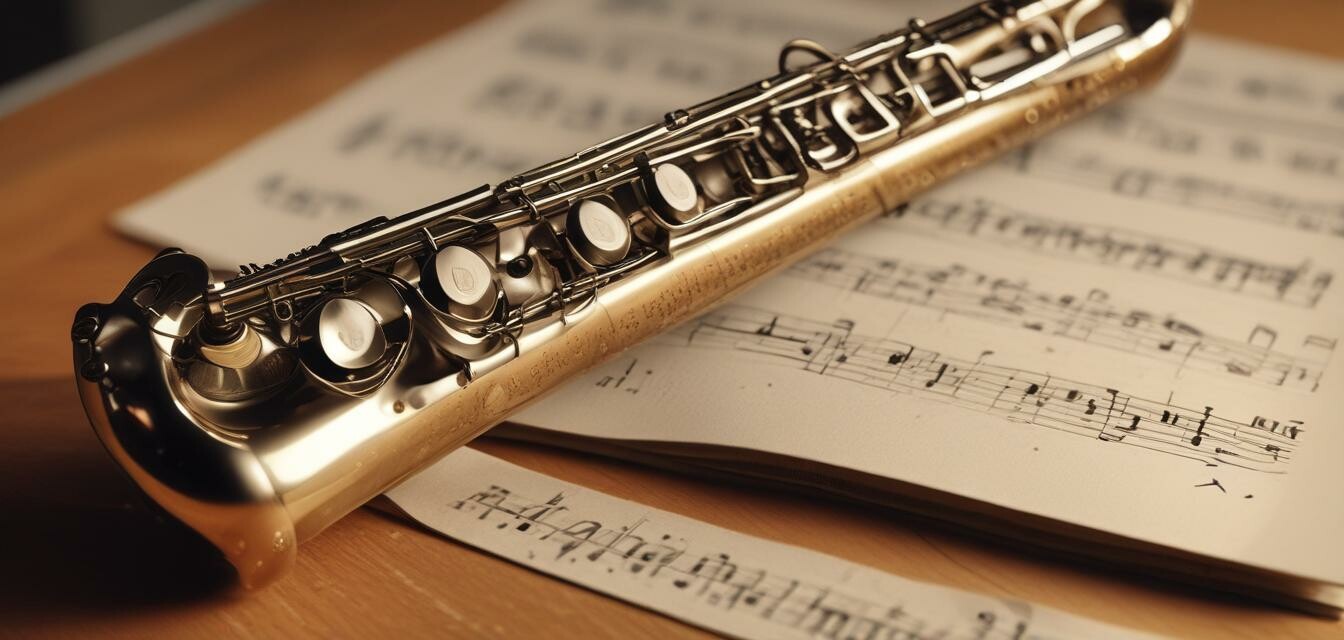
Finding Your Unique Sound on the Tenor Saxophone
Key Takeaways
- Experiment with different mouthpieces to enhance tonal quality.
- Explore various performance styles, including jazz and classical.
- Focus on breath control and finger positioning for better sound.
- Practice improvisation techniques to develop individuality.
- Regular maintenance of your instrument is crucial for optimal performance.
Discovering your unique sound on the tenor saxophone is an exciting journey that merges technique, style, and personal expression. As you explore different sounds and styles, you'll find what resonates most with you. This article will guide you through ways to develop your distinctive sound, from experimenting with mouthpieces to learning about performance styles.
Understanding sound production on the tenor saxophone
Sound production is vital to achieving a unique tonal quality. The tenor saxophone produces sound through a combination of breath control, embouchure, and the saxophone's physical properties. Here are a few key components to consider:
- Embouchure: The way you position your mouth on the mouthpiece affects your sound.
- Breath control: Proper breath support is essential for sustaining notes and producing a clear tone.
- Mouthpiece: The type of mouthpiece you use can significantly change your sound profile.
Experimenting with mouthpieces and reeds
One of the most straightforward ways to alter your sound is by experimenting with different mouthpieces and reeds. Here’s how both components contribute to your overall sound:
| Mouthpiece Type | Sound Characteristics |
|---|---|
| Metal Mouthpieces | Brighter, bolder sound; suitable for jazz. |
| Plastics Mouthpieces | Warm tone; great for classical styles. |
| Facings & Openings | Wider openings produce more volume but require better control. |
Choosing the right combination of mouthpiece and reeds can greatly enhance your sound. For more information on the best mouthpieces and reeds for your specific needs, check out our mouthpieces & reeds category.
Exploring performance styles
The tenor saxophone can adapt to various musical styles, each offering a unique flavor to your sound. Here's a quick overview of several styles you may want to explore:
- Jazz: Often characterized by improvisation and expressive techniques.
- Classical: Focuses on tonal purity and precise techniques.
- Blues: Emphasizes bends and soulful expression.
- Pop: Involves a catchy, melodic sound that resonates well with popular music.
To explore jazz techniques and improvisation strategies, consider visiting our section on musical styles exploring where we provide tips and guides tailored for tenor saxophonists.
Breath control techniques
Mastering breath control is crucial in shaping your sound. Here are some techniques to improve your control:
- Diaphragmatic breathing: Focus on breathing from your diaphragm instead of your chest for better control.
- Long tones practice: Sustain notes for extended periods to develop lung capacity and control.
- Breathing exercises: Incorporate specific exercises into your practice routine to build strength.
Tips for beginners
- Start with basic scales and exercises to develop a solid foundation.
- Listen to professional tenor saxophonists to understand different sounds.
- Practice regularly to build muscle memory and improve technique.
The importance of regular maintenance
Taking care of your saxophone is just as important as practicing. Regular maintenance ensures your instrument delivers the best sound quality. Here are some important tips:
- Clean the instrument regularly to prevent buildup.
- Check pads and springs to ensure they function well.
- Store the saxophone in a protective case to avoid damage.
For tips and products to help you maintain your tenor saxophone, visit our cleaning & maintenance category.
Pros
- Wide range of tonal possibilities.
- Flexibility across multiple music genres.
- Ability to express personal emotion and style.
Cons
- Requires regular maintenance for optimal performance.
- Can be costly to experiment with different mouthpieces and reeds.
- Initial learning curve can be steep for beginners.
Conclusion
Finding your unique sound on the tenor saxophone is a rewarding journey filled with exploration and creativity. By experimenting with mouthpieces, practicing different styles, and focusing on sound production techniques, you can develop a voice that is distinctly your own. Don’t forget, regular maintenance and care for your instrument contribute significantly to your overall sound quality. Happy playing!